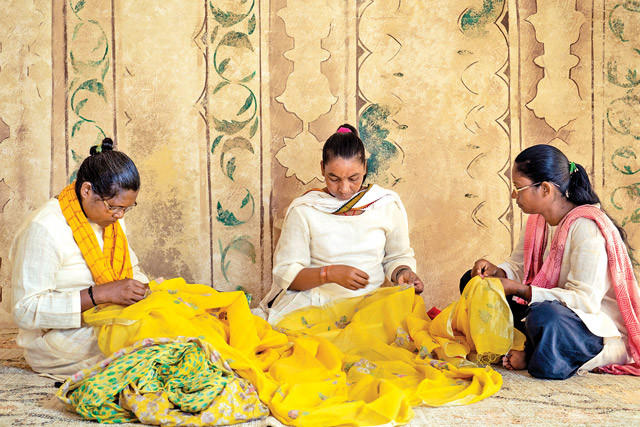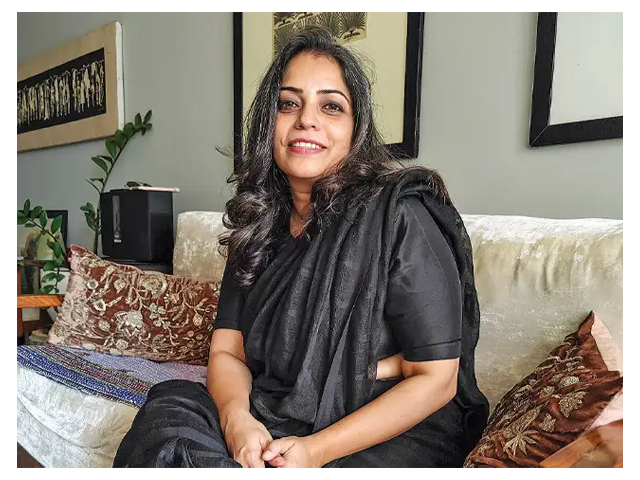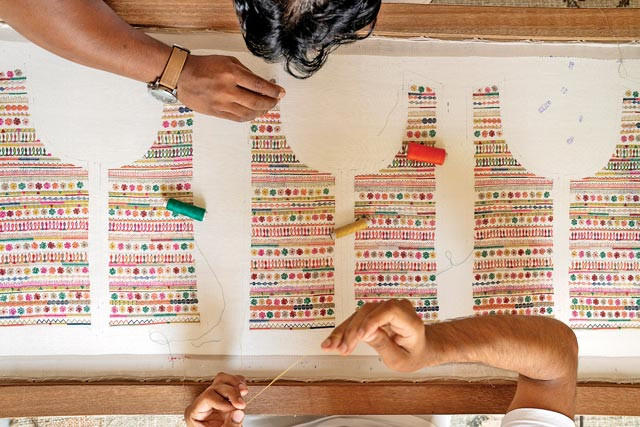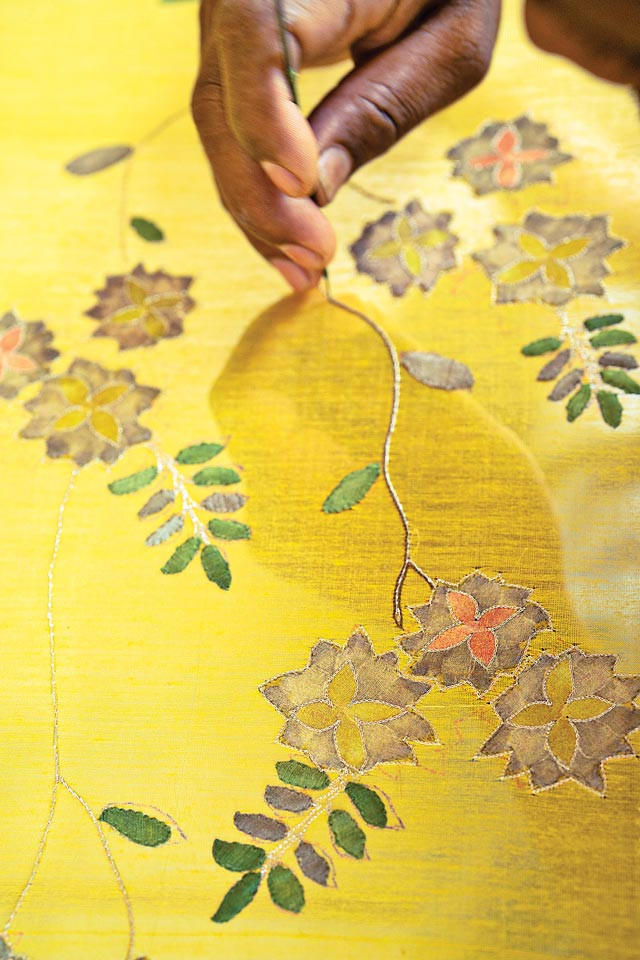
Category: SUSTAINABILITY
Country: India
Region: Asia Pacific
Fashion has a problem with unsustainable business practices which impacts not only on the environment, but also on the people making the products. But all’s not grim, however. Even within this space, some brands have cut through the greenwashing noise and stand out for complete transparency in their businesses. In this series, we speak to the founders of four fashion brands who have prioritised a slow approach to making clothes and have an overall ethical outlook. They care for environmental and social impact as much as – if not more than – their profit margins.
By Ashwini Arun Kumar
16th May, 2025, 11:34 IST
Reading Time: 3 minutes
Anavila Misra, founder of her eponymous label, wants to address the sustainability issue in fashion straight up. “I think the problem with fashion is that things are being made without considering how they are being consumed,” says the designer, who can single-handedly be credited with making linen saris cool again.
 In the pre-industrialisation era, she explains, textiles were made by hand and for immediate consumption in the local markets.
In the pre-industrialisation era, she explains, textiles were made by hand and for immediate consumption in the local markets.
Later, as cheaper options became available, the desire to wear traditional fabrics diminished. “Now, after creating more than we require and in ways that have harmed the environment, we are reconsidering our decision,” she observes.
To drive the point home, Anavila talks about the time she turned to dabu, the ancient art of mud resist printing practised by artisans in Bagru, Rajasthan; she first showcased it in her collection of signature linen saris at the Lakme Fashion Week X FDCI in 2023.
 For Anavila, however, the concept of sustainability runs deeper than fashion’s impact on the environment.
For Anavila, however, the concept of sustainability runs deeper than fashion’s impact on the environment.
Empowering the people that work with her is critical.
When you talk to designers who work with traditional crafts, the common narrative is that the artisans, who are the custodians of these art forms, are slowly relinquishing them because they cannot rely on them alone for sustenance.
“In the fast fashion area, there are reflections of the local crafts otherwise made by local artisans, but producers are replicating them in a cheap fashion,” observes Anavila.
This leaves artisans with little to no employment because handworking crafts is time consuming and too slow for fashion’s pinched timelines or expensive compared to their mechanised imitation.
“In this day and age, sustainability is also about paying a craftsperson fairly and giving them full-time employment,” says the designer, who has been working with the same craft clusters for over a decade to maintain the continuity of work. “It’s easy to jump from one cluster to another, or find a new technique for a new collection, but it takes a lot of commitment to be able to work with the set of weavers, their skill set and the same yarn.”
Innovation, too, becomes more difficult in this scenario.

Still, more than just commissioning artisans to work on her collections, Anavila looks at these partnerships as a collaborative effort that helps both parties. “The designer’s vision helps create a design language, but the cluster’s knowledge helps us to bring it to life. So growth must come to all.”

Anavila’s metric of growth, beyond the obvious profits, is intangible. She’s watched an uptick in the self-confidence of the Jharkhand-based women artisans who make the khatwa embroidery for her. The weaver who made her first linen sari collection with just two looms over 13 years ago (and who continues to work with her) has added more looms to his collection and lives a comfortable life.
For Anavila, empowering the people who work with her is the true sign of sustainability.
Photographs & Courtesy: femina.in
Copyrights © 2025 GLOBAL TEXTILE SOURCE. All rights reserved.